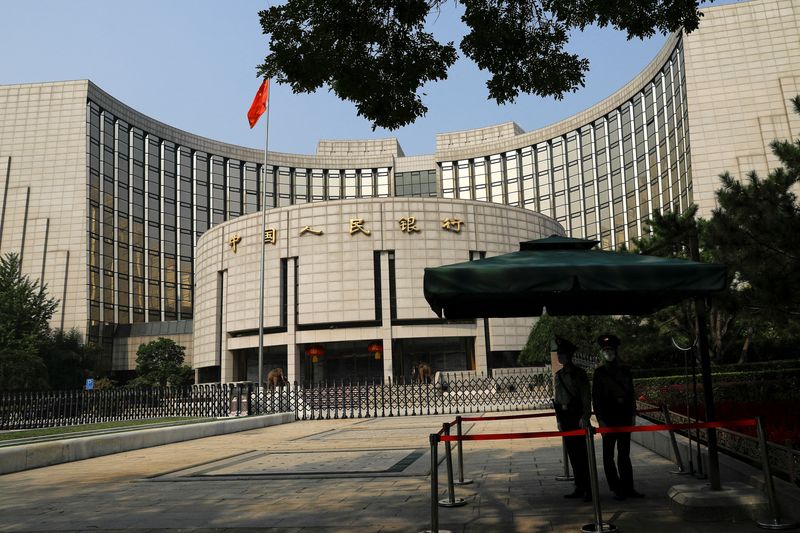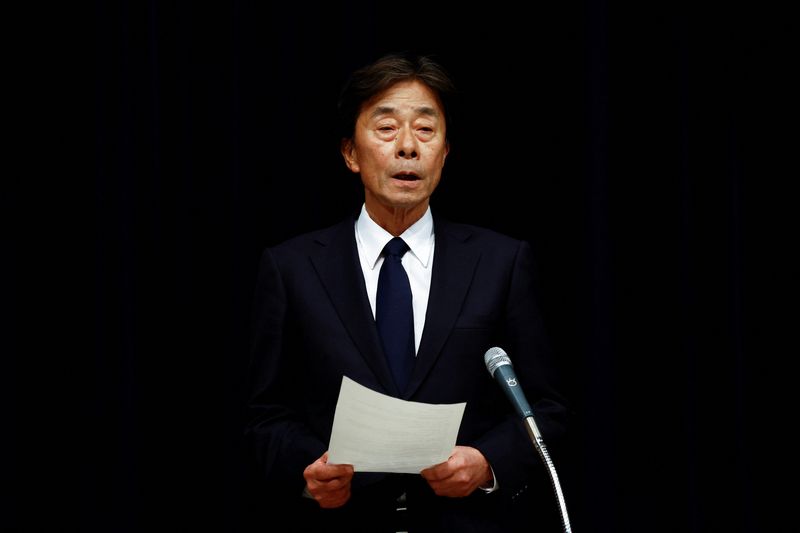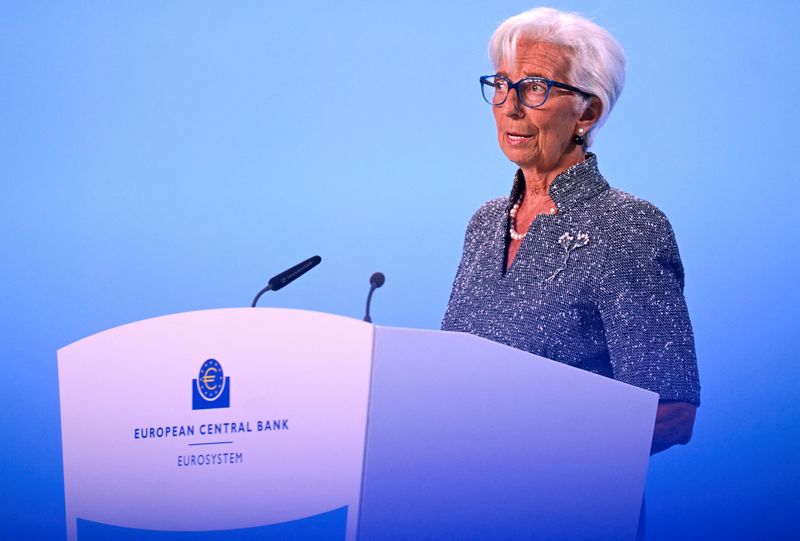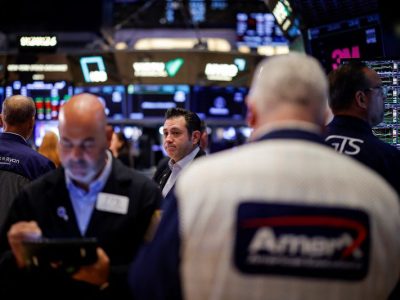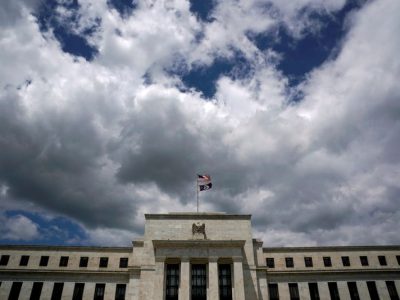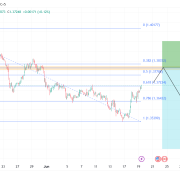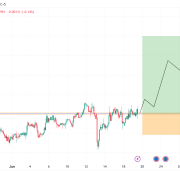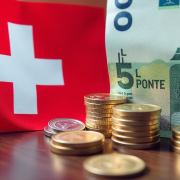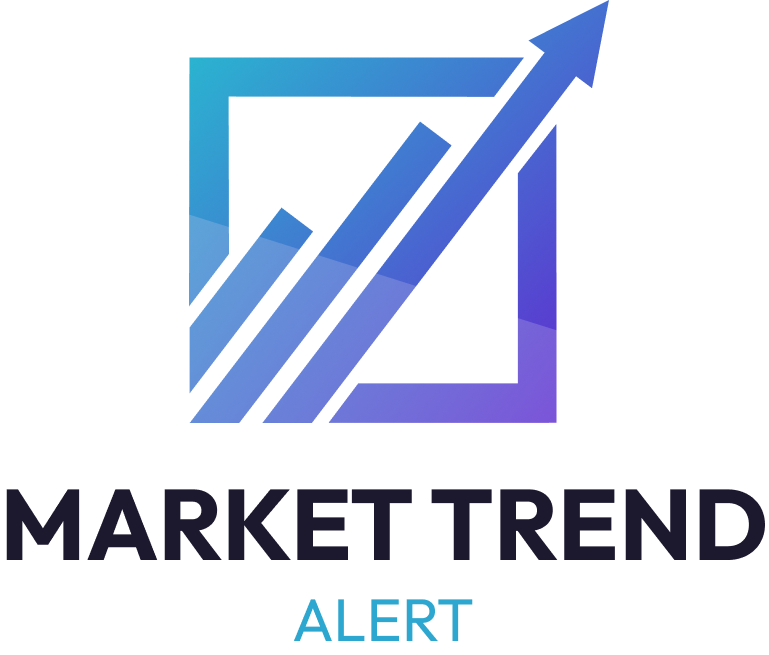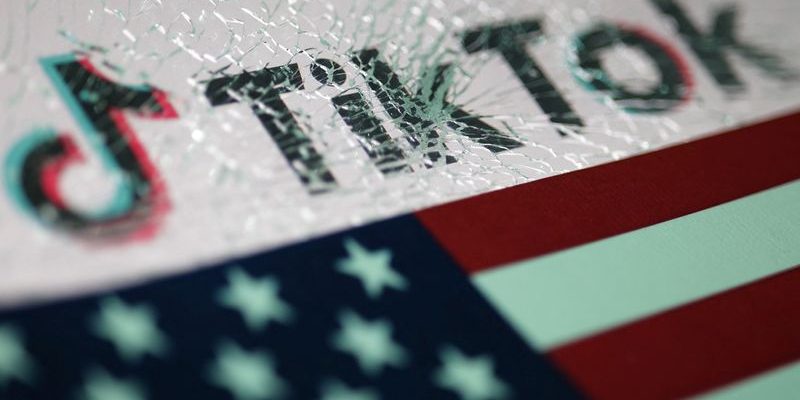
By Katie Paul
NEW YORK – Advertisers reliant on TikTok as a major digital marketing tool rushed to prepare contingency plans this week, as the realization dawned on many that the popular Chinese-owned social media app may not be saved before a U.S. ban takes effect on Sunday.
One marketing executive described it as a “hair on fire” moment for the ad world, after months of conventional wisdom saying that a solution would materialize to keep the short-video app up and running.
“It seemed unbelievable even as of just a few weeks ago to imagine that there would be no TikTok,” said Kerry Perse, the founder of marketing firm Influence & Inspire Consulting and former head of social media at Omnicom Group (NYSE:OMC)’s media agency OMD.
“We all thought that any access issues to the TikTok app would be slow and drawn-out,” she said.
Chinese tech firm ByteDance is facing a Jan. 19 deadline to sell TikTok’s U.S. assets or accept an unprecedented ban of the app, used by 170 million Americans, on national security grounds.
TikTok plans to shut U.S. operations of the app on Sunday barring a last-minute reprieve, Reuters reported on Wednesday.
U.S. President-elect Donald Trump’s incoming national security adviser said the new administration plans to put measures in place “to keep TikTok from going dark,” but it was not immediately clear whether Trump – who takes office on Monday – could legally do so.
“I think after a long time feeling like this was a ‘boy who cried wolf’ situation, we may actually have a wolf sighting,” said Craig Atkinson, CEO of digital marketing agency Code3.
If a ban does occur, more than $11 billion in annual U.S. ad investment would be up for grabs, according to a forecast from marketing group WARC Media.
Most of that spending is likely to shift to platforms where advertisers are already established and running short-video ad campaigns, primarily Meta’s Instagram and Alphabet (NASDAQ:GOOGL)’s YouTube Shorts, four ad agency sources told Reuters.
TikTok staffers appeared to be in the dark about what exactly would happen to the app as of Sunday, the sources said, although two of the sources noted that TikTok was offering favorable refund terms in the event services stop in the middle of advertisers’ campaigns. TikTok did not immediately respond to a request for comment.
Even as the ban approached, the company continued to pitch advertisers on new features, like a tool launching in test form on Thursday that would make it easier to create, modify and add advertisements in bulk, according to an email from this week described to Reuters.
It also planned to host a booth at the upcoming World Economic Forum meeting of political and business leaders in Davos, Switzerland, next week, after holding cocktail parties at the Consumer Electronics Show in Las Vegas earlier this month.
Meanwhile, brands and content creators alike were downloading their data en masse in case the app becomes inaccessible as of Sunday, hoping to salvage at least some of the fruits of their labor.
One influencer, who hawks cereal and beauty products in her videos, posted on Tuesday advising her nearly 16,000 followers on how to save their videos.
“Here’s how to download your TikTok data so you don’t lose literally everything you’ve had from the past five years,” said Maria Slate, grimacing, as the words “it’s fine I’m fine” displayed over her head.
The sentiment was a marked change from the dominant mood last month, when advertisers told Reuters they were in no rush to shift their marketing budgets off TikTok despite a U.S. appeals court upholding the law requiring a divestment or ban.
As of Jan. 8, ad spending on TikTok was set to increase 57% in the first two months of 2025, according to Guideline.ai, a research firm that tracks forward booking data from major ad agencies.
TikTok has become a powerful tool for advertisers looking to reach young Americans in particular in recent years, growing to 20% of U.S. social media ad spending from only 2% in 2020, its first full year of operation in the United States, Guideline.ai said.
Part of that power has come from the platform’s cultivation of influencers and online shopping culture, which has made it a reliable driver of e-commerce sales.
E-Marketer, another research firm, forecast late last year that some 43.8% of U.S. TikTok users would have made a purchase on the platform by the end of 2024, a higher share than on Meta-owned services Facebook (NASDAQ:META) and Instagram.


